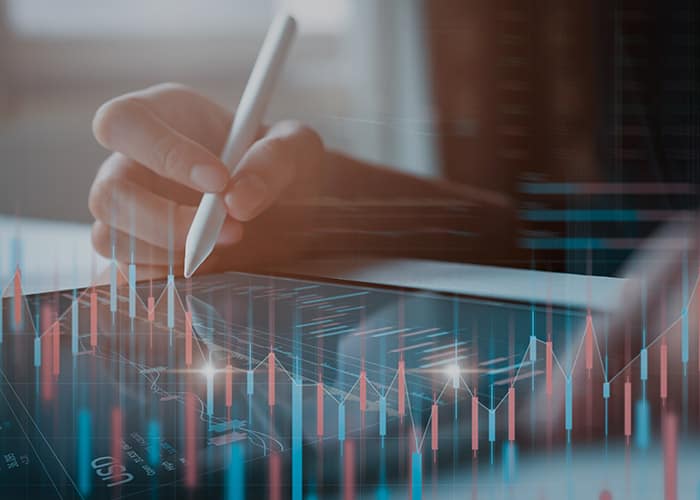Internal Audit Operations
The primary objective of Flytech’s internal audits is to assist managers in ensuring compliance with laws and internal regulations by employees during their work.
Audit Scope
Flytech’s internal audits encompass all divisions within the parent company, including affiliated branches and subsidiaries. Auditors conduct two types of audits: regular and irregular. Regular audits adhere to the yearly plan, while irregular audits are initiated upon request by the chairman or for project-based demands.
Auditor's Responsibilities
Auditors are supervised by the board of directors during internal auditing. In the event of potential issues, auditors must thoroughly comprehend the situation before offering advice. Auditors undertake audits with the aim of ensuring the effectiveness and adherence to the internal control system, existence of all assets and liabilities, legitimate basis of data in accounts and achievement of business goals, and compliance with relevant laws and regulations.
Self-Assessment Method for Internal Control Systems
This method evaluates operational processes for effectiveness, efficiency, and compliance. It covers environmental control, risk assessment, operation control, and communication of information. Organizations conduct self-assessments at least annually, starting with senior managers and individual units to ensure the effectiveness of internal control systems. Auditors review these reports and present conclusions to the board of directors, ensuring accountability and integrity in operations.



